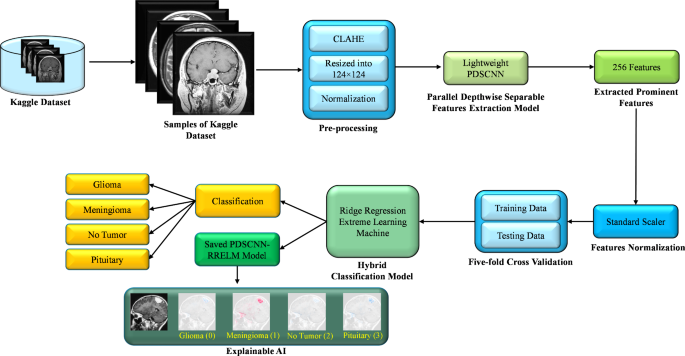By: Allam, Fetyan, Olabi, Abdelkareem, Alawadhi, Abdul Ghani, Hussain, Abdulmonem, Mohammad Ali, Mohamed Adel
In our investigation, we unveil a novel, eco-friendly, and cost-effective method for crafting a bio-derived electrode using discarded cotton fabric via a carbonization procedure, marking its inaugural application in a vanadium redox flow battery (VRFB). Our findings showcase the superior reaction surface area, heightened carbon content, and enhanced catalytic prowess for vanadium reactions exhibited by this carbonized waste cloth (CWC) electrode compared to commercially treated graphite felt (TT-GF). Therefore, the VRFB system equipped with these custom electrodes surpasses its treated graphite felt counterpart (61% at an equivalent current) and achieves an impressive voltage efficiency of 70% at a current density of 100 mA cm−2. Notably, energy efficiency sees a notable uptick from 58% to 67% under the same current density conditions. These compelling outcomes underscore the immense potential of the carbonized waste cotton cloth electrode for widespread integration in VRFB installations at scale.












